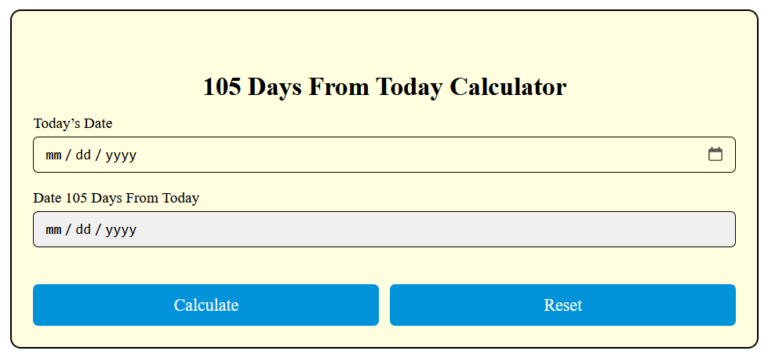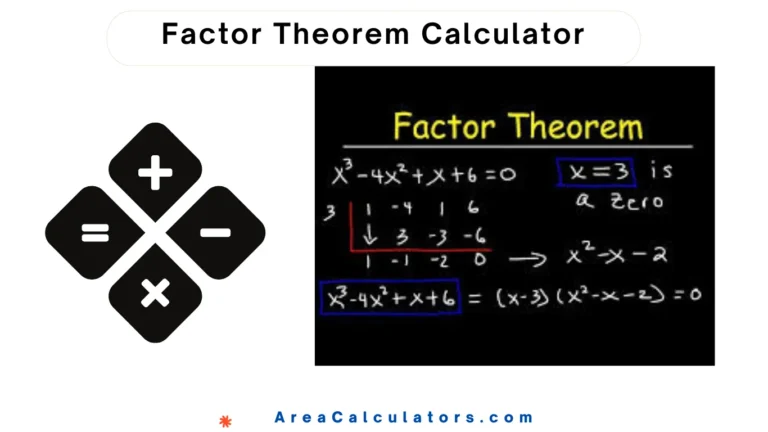Imagine you’re studying light, lasers, or molecules. You’ve got an energy value — say, 500 KJ/mol — but what does that mean in terms of light color or wavelength?
A KJ/mol to Wavelength Calculator helps convert energy per mole (a chemistry value) into wavelength (a physics property). It bridges the gap between how much energy is involved and the exact color or size of the wave.
This is essential in spectroscopy, quantum mechanics, biology, and even materials science — anywhere energy and light connect.
Why Convert KJ/mol to Wavelength in Science
In both physics and chemistry, energy is often tied to electromagnetic radiation — like visible light, ultraviolet, or infrared. Each kind of light has a specific wavelength and energy level.
Converting KJ/mol to wavelength helps you:
-
🔬 Identify chemical bonds by their absorption wavelengths
-
💡 Design lasers or LEDs with precise light outputs
-
🧪 Understand spectroscopy and molecular transitions
-
🌈 See how energy relates to light color
-
🧬 Track photon behavior in cells and atoms
If you know the energy, this calculator tells you what kind of wave or color that energy represents.
Formula & Variables: From Energy to Light
Let’s keep the math simple and clean.
🧮 Formula:
Contents
- 1 🧮 Formula:
- 2 📊 Variables Explained Simply
- 3 How the KJ/mol to Wavelength Calculator Works
- 4 Where This Calculator Is Used in Real Life
- 5 Benefits of Using a KJ/mol to Wavelength Calculator
- 6 Common Mistakes to Avoid
- 7 Tips for Accurate Conversions
- 8 Manual vs Digital Conversion Tools
- 9 FAQs:
- 10 Conclusion:
λ = (h × c × 1000) / (E × NA)
This converts kilojoules per mole (KJ/mol) into wavelength (meters).
📊 Variables Explained Simply
| Variable | Explanation |
|---|---|
| λ | Wavelength (in meters, later converted to nm or Å) |
| h | Planck’s constant = 6.626 × 10⁻³⁴ J·s |
| c | Speed of light = 3.00 × 10⁸ m/s |
| E | Energy per mole (in KJ/mol) |
| NA | Avogadro’s number = 6.022 × 10²³ mol⁻¹ |
Why ×1000? To convert kilojoules (KJ) into joules (J), since 1 KJ = 1000 J.
Example:
Convert 500 KJ/mol to wavelength:
-
λ = (6.626×10⁻³⁴ × 3.00×10⁸ × 1000) / (500 × 1000 × 6.022×10²³)
-
λ ≈ 3.98 × 10⁻⁷ meters = 398 nm (ultraviolet range)
So, 500 KJ/mol corresponds to ultraviolet light.
How the KJ/mol to Wavelength Calculator Works
It’s straightforward:
-
Enter the energy value (in KJ/mol)
-
Click calculate
-
The tool automatically applies the formula and gives you the wavelength — usually in nanometers (nm)
Some advanced tools also give you the type of light (UV, visible, infrared).
Where This Calculator Is Used in Real Life
This isn’t just for labs. It has real applications:
-
🔬 Spectroscopy: Analyze how molecules absorb light
-
💻 Semiconductor design: Match materials with light energy
-
💡 Photonics: Choose LEDs and lasers for devices
-
🧬 Biology: Study how DNA absorbs UV light
-
🌍 Climate science: Measure solar radiation energy
It’s a core concept that connects light, energy, and matter.
Benefits of Using a KJ/mol to Wavelength Calculator
-
✅ No need to memorize constants or equations
-
✅ Instant, accurate wavelength conversion
-
✅ Perfect for chemistry and physics students
-
✅ Helpful in labs, classrooms, and product design
-
✅ Saves time and prevents calculation errors
It turns a complex scientific process into a one-step solution.
Common Mistakes to Avoid
❌ Forgetting to convert KJ to J — always multiply energy by 1000
❌ Using wrong units — results should be in meters or nanometers
❌ Entering per-molecule energy instead of per mole
❌ Ignoring scientific notation for constants
❌ Misinterpreting the light type (e.g., UV vs visible)
Precision matters when you’re dealing with light waves.
Tips for Accurate Conversions
✅ Always check the unit of input (must be KJ/mol)
✅ Convert final results to nm or Å for better readability
✅ Use scientific calculators or tools for constants
✅ Double-check scientific notation (don’t skip zeroes!)
✅ Label your wavelength range (UV, visible, IR)
These tips help avoid confusion and ensure clarity in science communication.
Manual vs Digital Conversion Tools
| Aspect | Manual Method | Digital Calculator |
|---|---|---|
| Speed | Slower, requires several constants | Instant, with one entry |
| Best For | Learning, step-by-step practice | Research, testing, and lab work |
| Accuracy | May suffer from round-off errors | High — precision ensured |
| Ease of Use | Needs scientific background | Just input and get output |
Use manual to learn, digital to work fast.
FAQs:
1. What is the purpose of this calculator?
To convert energy in KJ/mol into light wavelength, typically in nanometers (nm).
2. Why is Planck’s constant used?
Because it links energy and frequency — essential in quantum mechanics.
3. Is this useful for students?
Yes! Especially in chemistry, physics, photonics, or material science.
4. Can I use this to check light absorption in molecules?
Definitely — it helps predict what type of light a molecule might absorb.
5. What unit will the output be in?
Usually nanometers (nm), which is standard for wavelength in visible light and UV range.
6. Can this help with LED or laser design?
Yes — it’s crucial for matching the right energy to the desired wavelength output.
Conclusion:
The KJ/mol to Wavelength Calculator turns energy values into something we can visualize — wavelength. Whether you’re studying molecular absorption, building devices, or just exploring physics, this tool bridges the gap between abstract energy and visible results.
No more guessing or manual math. Just enter your energy, and get a wavelength that means something — color, frequency, or light type.
From energy to light — with a click. That’s the power of smart science tools.





